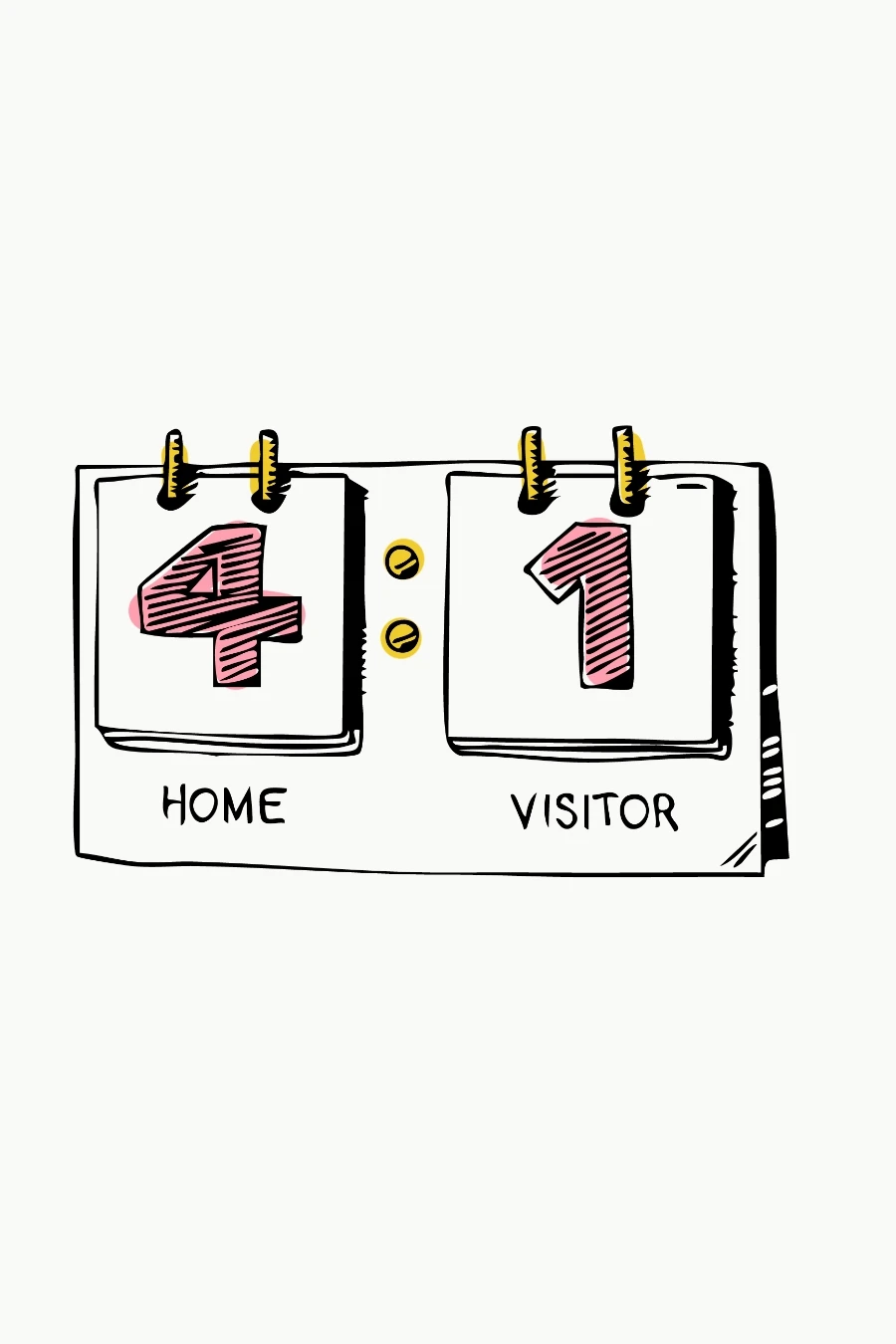

An Old-Fashioned Childhood
Morning Musing
by Leah Ashley
This article is part of a series on Motherhood from other voices in our community. Leah Ashley is an interior stylist and vintage expert living in Austin, Texas.
The world seems to be spinning a lot faster than it did when we were kids. Between the demands of nurturing a family, working towards a meaningful career, fitting in time for a social life, self-care, and your relationship, daily life in this day and age feels chaotic.
Earlier this year, we noticed that our 8-year-old son had become increasingly anxious and depressed. We had no clue what to do or what could be causing it. But after spending time with his teacher and in his school, I began to realize that he was completely overstimulated. The lights, the bells, the noise, and a desire to keep up with the Jones’. We were constantly running around to football practice, motocross, and karate classes. When we were home, he was so tired that the only thing he wanted to do was veg in front of the TV. There were outbursts, meltdowns, and tantrums. The underlying truth was that his little nervous system just couldn’t handle all of the input.
What we know about children is that they process information very differently than an adult brain does. In the book Simplicity Parenting by Kim John Payne, Payne states that children need time to become themselves through play and social interaction. If you overwhelm a child with stuff, choices, and pseudo choices before they are ready, they will know only one emotional gesture: “More!”
I think about this a lot when it comes to the toys in our house. It's quite normal to see mountains of toys scattered all over the floor of our child’s bedroom or taking over the living room and seeping out into the garage. Christopher Willard, clinical psychologist and author of Child's Mind states, "In the United States, we have 3 percent of the world's children and 40 percent of the world's toys, with the average child receiving 70 new toys per year."
I started to notice that my children didn’t really have a beloved toy. You know the one from your childhood that was so tattered from love that it had to be repaired by your grandmother over and over? My children were not forming those valuable bonds because they were too overwhelmed by the number of toys available to them at any given moment. And don’t get me started on the wild and painful effort it can be to get my children to clean up all of those toys.
When I was young, we had a finite number of channels on the TV. ABC, NBC, CBS, and the ever-ubiquitous PBS. Some of my favorite memories are of watching Bob Ross’ The Joy of Painting while I ate strawberries on the couch with my grandmother. I can’t imagine scrolling endlessly on a streaming service, trying to narrow down an infinite number of selections. Children’s brains aren’t wired to process the amount of data that comes at them on a daily basis. As a 39-year-old woman, I myself struggle with an addiction to technology and social media apps. I can’t imagine handing over that kind of power to a child. And at what cost? The cost of their attention spans, their cortisol levels, and knowing how to be bored.
I noticed the same thing about extracurricular and after-school activities. Between sports, music, dance, martial arts, swimming, tutoring, and more, we found ourselves shuffling all over town multiple times a week, trying to keep up. Why? We told ourselves it's for their benefit. It's to give them a head start or a leg up on the competition. It’s for college applications. It's what everyone else is doing. Here in Texas, the emphasis on sports probably rivals the emphasis on academics. That’s a lot of pressure.
So we pivoted. Big time. We pulled him out of school and enrolled him in a Waldorf-inspired co-op with only a few kids in his class. We cut out all activities except karate, which we could tell was good at keeping him in his body. We got rid of the electronics, the game boys, the Xbox, and even put limits on TV time. We also drastically reduced the number of toys that he and his little brother have access to.
The change in him was almost overnight. I was shocked that this approach worked so well and so quickly. One day he came home from his new school, where he was learning to knit, and declared that he loved knitting more than Xbox! I almost fell over. Now, we make sure that we don’t have anywhere to be or anything to do after school at least two or three nights during the weekday. I want my kids to be bored. I want them to exercise their imagination by playing with a pile of bricks and a few old boards. I want them to spend more time outside than in a car or in front of the TV. And I want them to get dirty—like really dirty.
Now there is no more driving all over town every day, racing to be on time, and no more fighting over cleaning up an overwhelming mess of toys. Interestingly enough, working to simplify my child’s life has given me the chance to look at how I can simplify my own. Do I have too many clothes and shoes? Yes. Do I spend too much time taking in outside information that doesn’t concern me? Guilty. Do I overschedule and overcommit my time? Totally. What and how can I simplify my life to soothe my own nervous system?
The other night, we decided to watch Bob Ross’ The Joy of Painting with the boys before bedtime. I could instantly feel everyone’s bodies relax into the blankets, as I used to on my grandma’s couch, and I thought to myself, we could all use a little more Bob Ross in our lives.




